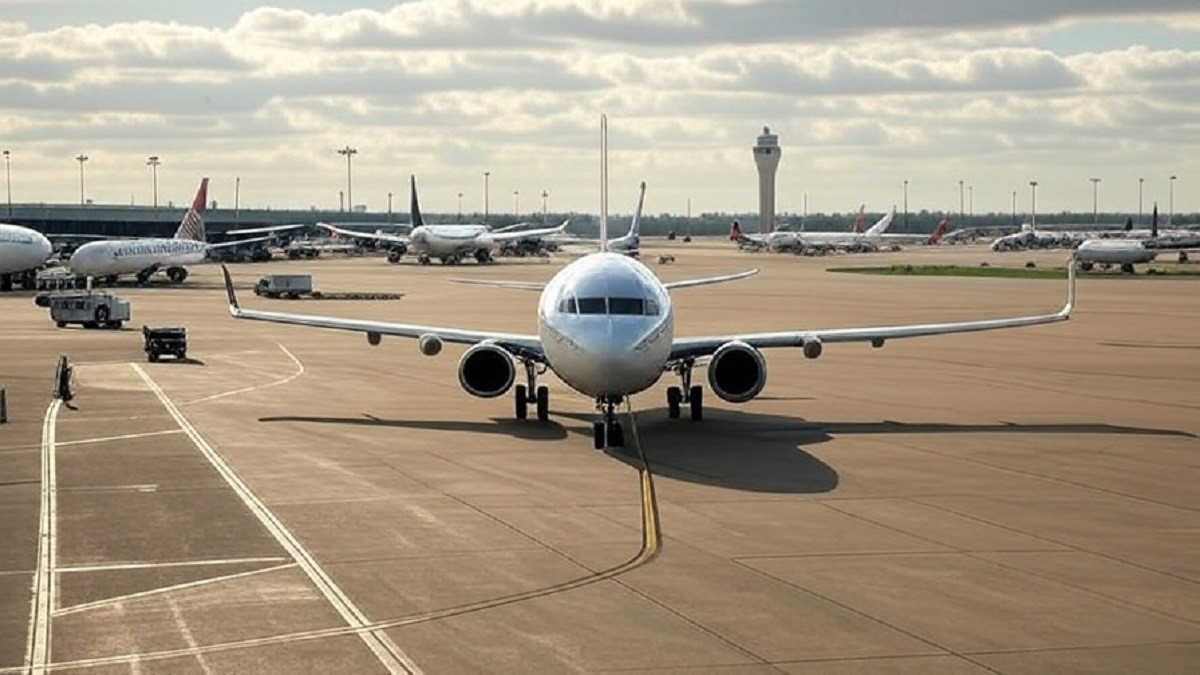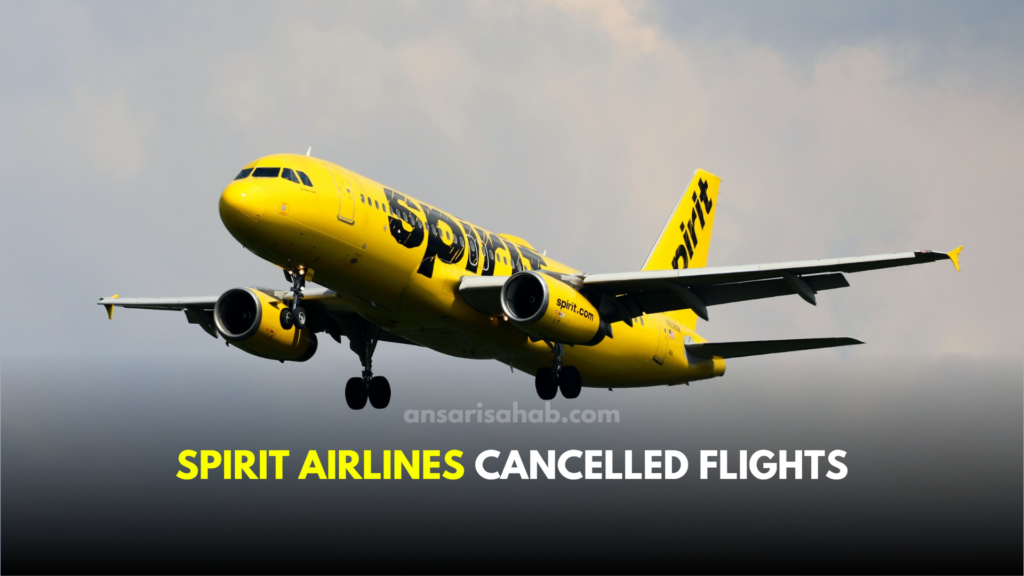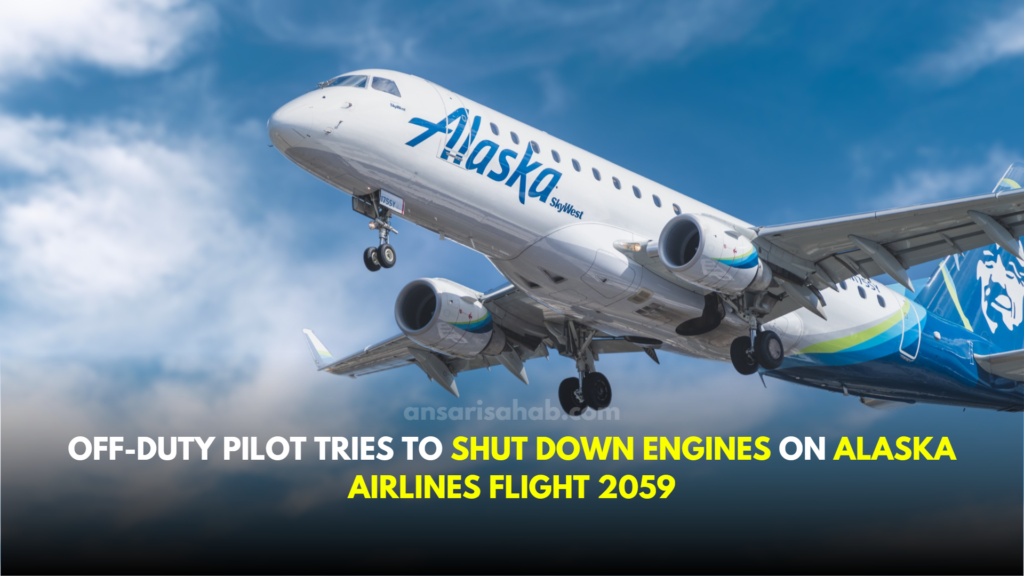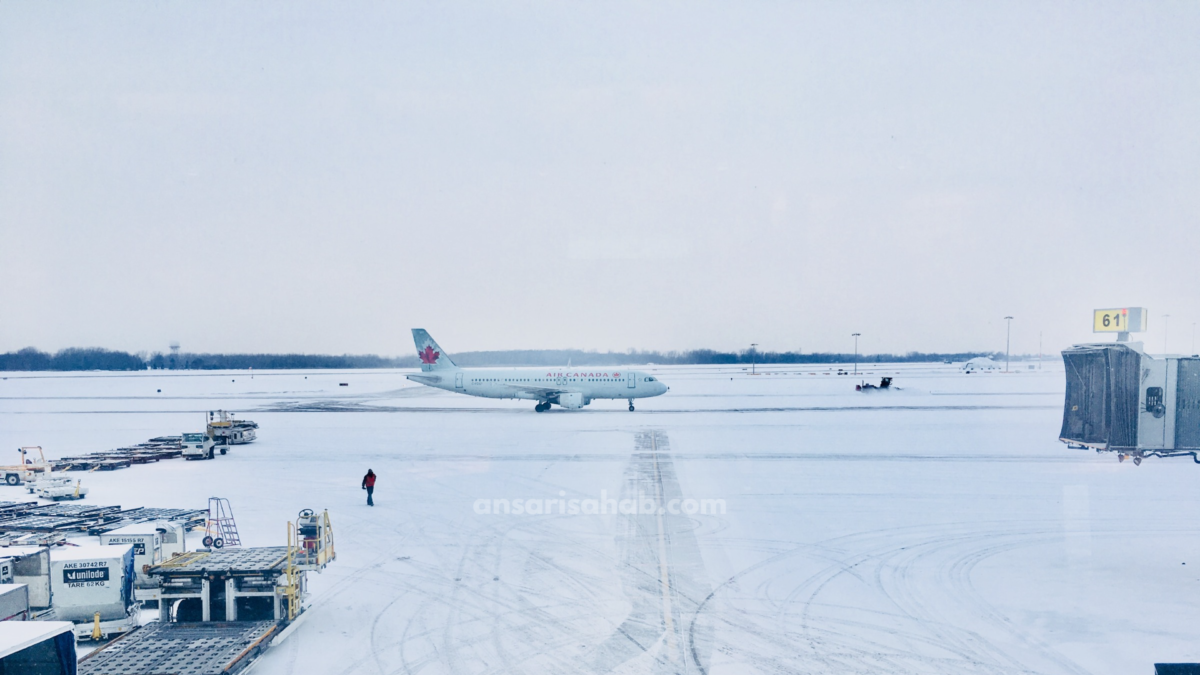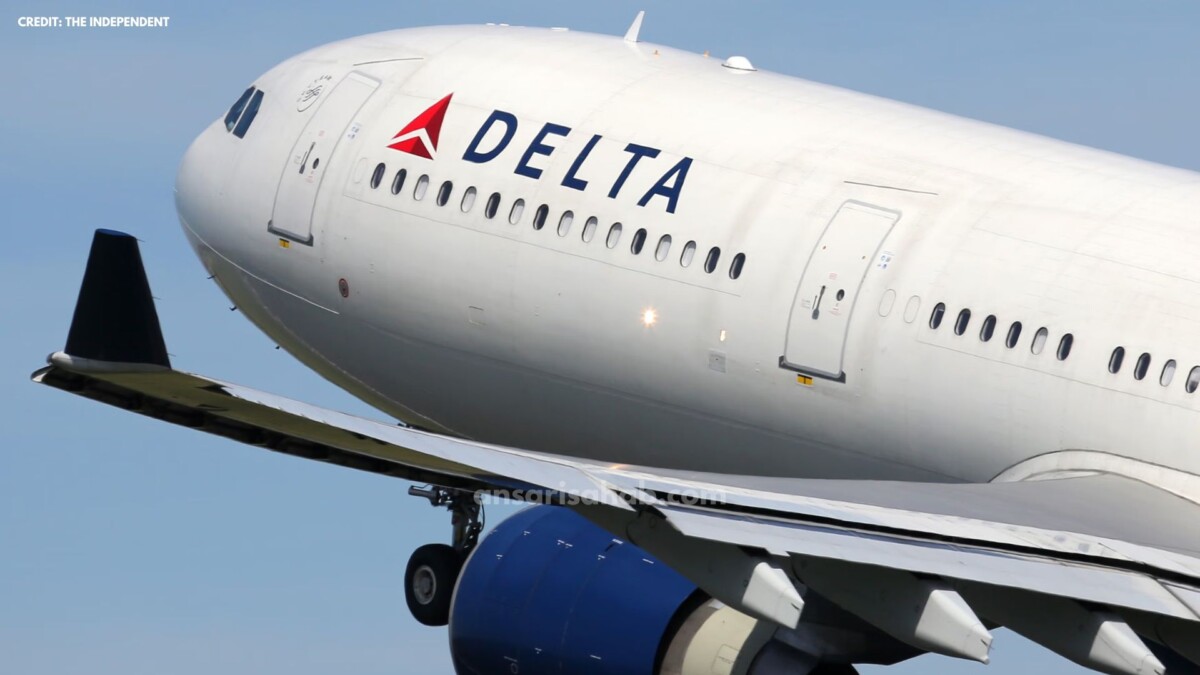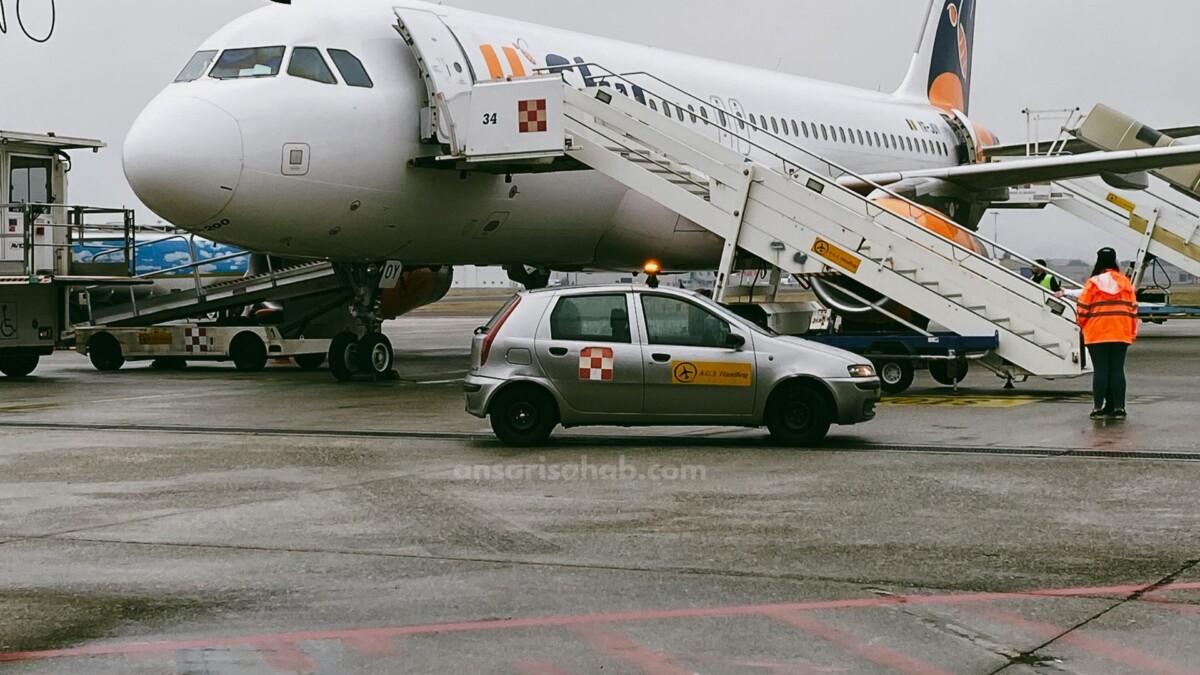Flight operations at Dallas Fort Worth (DFW) and Dallas Love Field airports have returned to normal after a major telecommunications failure disrupted air traffic control, grounding or delaying more than 1,800 flights over a period spanning Friday afternoon into Saturday morning. The disruption, called a Dallas Telecom Outage, triggered ground-stops, cancellations, and caused widespread travel delays before services were restored following coordinated efforts by the FAA, Frontier Communications, and L3Harris.
What Went Wrong: The Mechanics of the Outage
- The outage resulted from fiber-optic cables being accidentally severed by a third-party contractor in Argyle, Texas. These lines were part of the telecommunication infrastructure used by Frontier Communications, which supports systems critical to the FAA’s Dallas Terminal Radar Approach Control (TRACON).
- Key systems lost connectivity: radar, radio, and other data feeds for air traffic management. Furthermore, redundancy systems overseen by L3Harris failed to engage properly. As a result, the FAA issued ground stops and delayed flights, restricting operations at both airports.
Scale of Disruption and Restoration
- Over 1,800 flights were affected in total: over 500 flights canceled at DFW, about 160 canceled on Saturday, and more than 1,100 delayed with Southwest heavily impacted.
- At Love Field, delays were substantial though cancellations remained minimal. The FAA noted average delay times of two hours, with some disruptions stretching as long as seven hours at peak.
- By Saturday morning, telecommunication lines had been repaired, redundancy systems reactivated, and both airports reported near-full restoration of normal flight traffic.
Responsibility, Oversight & Systemic Weaknesses
- Frontier Communications acknowledged its third-party contractor cut the fiber lines in error. A spokesperson said the company worked overnight with the FAA and airports to bring systems back online.
- The FAA criticized L3Harris for failing to implement proper redundancy oversight. Officials said that backup pathways or systems that should have allowed critical communications to continue were not functioning as expected.
- The incident spotlights broader concerns about aging U.S. air traffic control infrastructure. Congress previously approved a $12.5 billion plan to modernize systems, with emphasis on improved backup, redundancies, and telecom stability.
What This Means for Travelers & Airlines
- Passengers traveling through DFW or Love Field airports over the weekend likely experienced cancellations, missed connections, long waits, or rebooking challenges. Airlines and ground staff were under pressure to rearrange crew, aircraft, and logistics.
- For airlines: financial losses include operational costs, passenger accommodation, and reputational damage. American Airlines publicly criticized both Frontier and L3Harris for delays in response, saying leadership from both providers did not act with sufficient urgency.
- The restored operations do not erase longer-term concerns. Travelers may expect more frequent disclosures about how airlines and regulators plan for outages, and whether contingency protocols will be tightened.
Broader Context: Infrastructure & Policy Implications
- This outage isn’t unique. Similar telecommunications or system failures have caused disruptions in other U.S. regions, prompting calls for more robust infrastructure. The aging TRACON systems, telecom dependencies, and limited redundancy have drawn scrutiny.
- The FAA modernization initiative aims to address many of the weaknesses exposed by this Dallas Telecom Outage. But implementation is gradual, and many systems still rely on legacy components.
What to Watch
- Reports and investigations into how redundancy systems failed: whether backup telecom paths would have prevented such widespread disruption.
- Potential liability for Frontier Communications, L3Harris, or contractors. Airlines may seek compensation, and regulatory bodies may impose stronger oversight.
- Whether the FAA or Congress pushes for stricter laws or regulations around telecom infrastructure in critical aviation systems.
- The possibility of travelers pushing for airline service adjustments or assurances for future disruptions caused by non-weather, technical, or telecom issues.
FAQs
The disruption began on Friday afternoon, September 19, 2025, when fiber-optic cables were cut in Argyle, Texas. It persisted into Saturday morning, with operations largely restored by then.
More than 1,800 flights were disrupted. At DFW, American Airlines cancelled over 500 flights on Friday and 160 on Saturday. Southwest experienced over 1,100 delays.
The outage was triggered by an accidental cut of Frontier Communications’ fiber lines. It exposed failures in redundancy overseen by L3Harris. While telecom outages are a known risk, this event highlighted how vulnerable air traffic operations can be without robust backup systems.
The Dallas Telecom Outage may be resolved for now, but it underscores a critical lesson for aviation infrastructure: a single misstep or cut in telecom can ripple out into thousands of disrupted flights and frustrated passengers. For airlines, regulators, and travelers alike, the recovery brings both relief and renewed attention to preparedness.
Sources: Reuters

